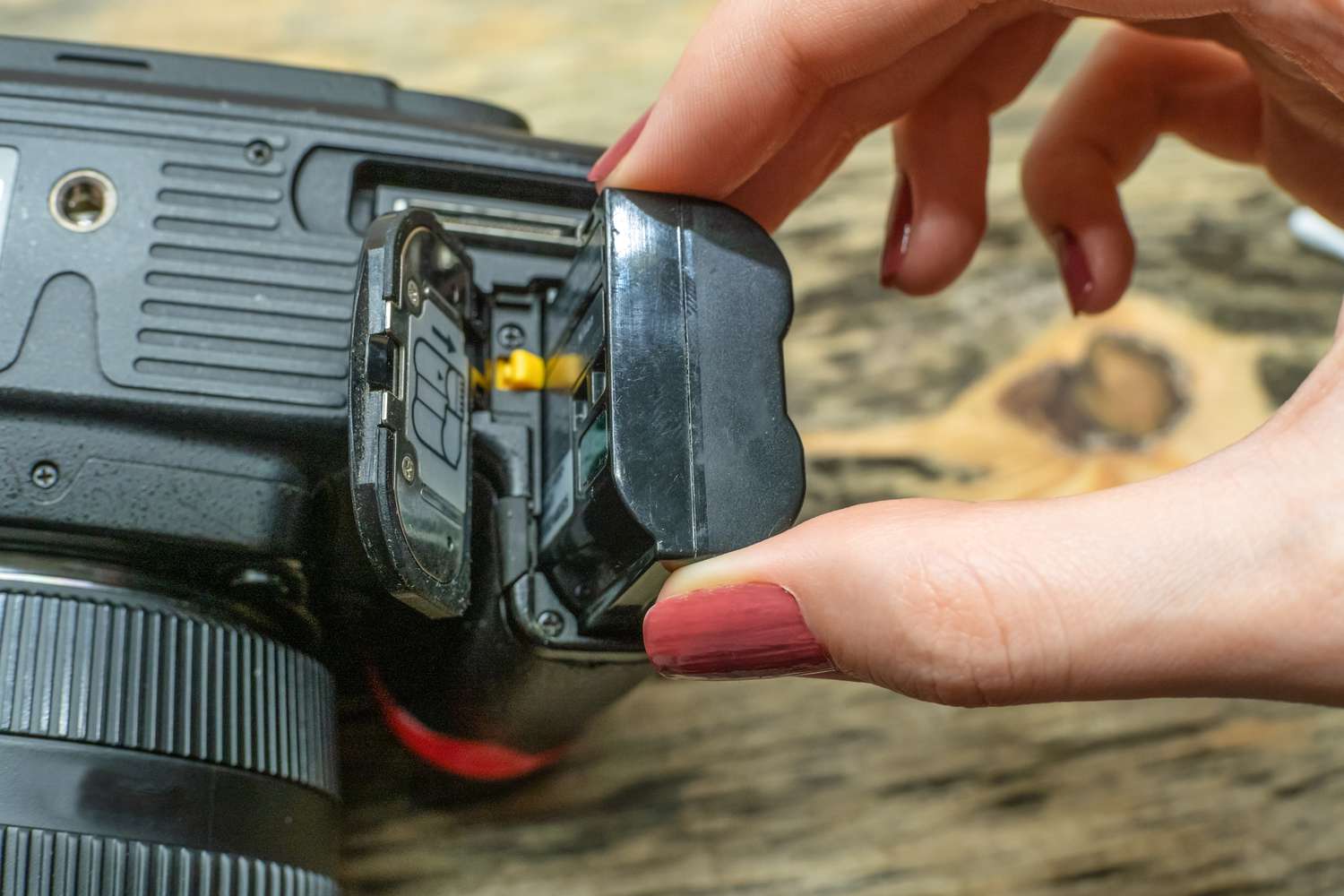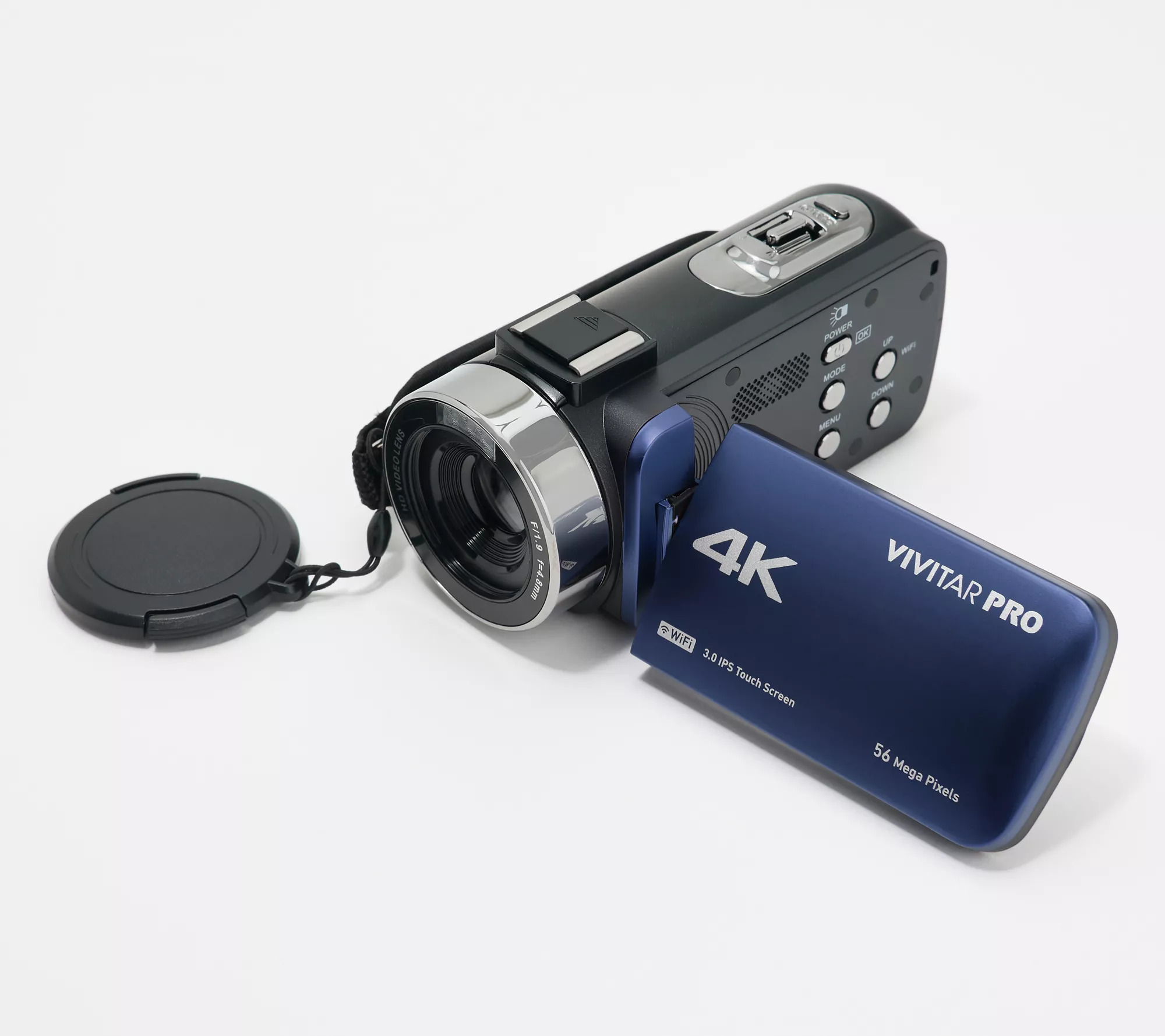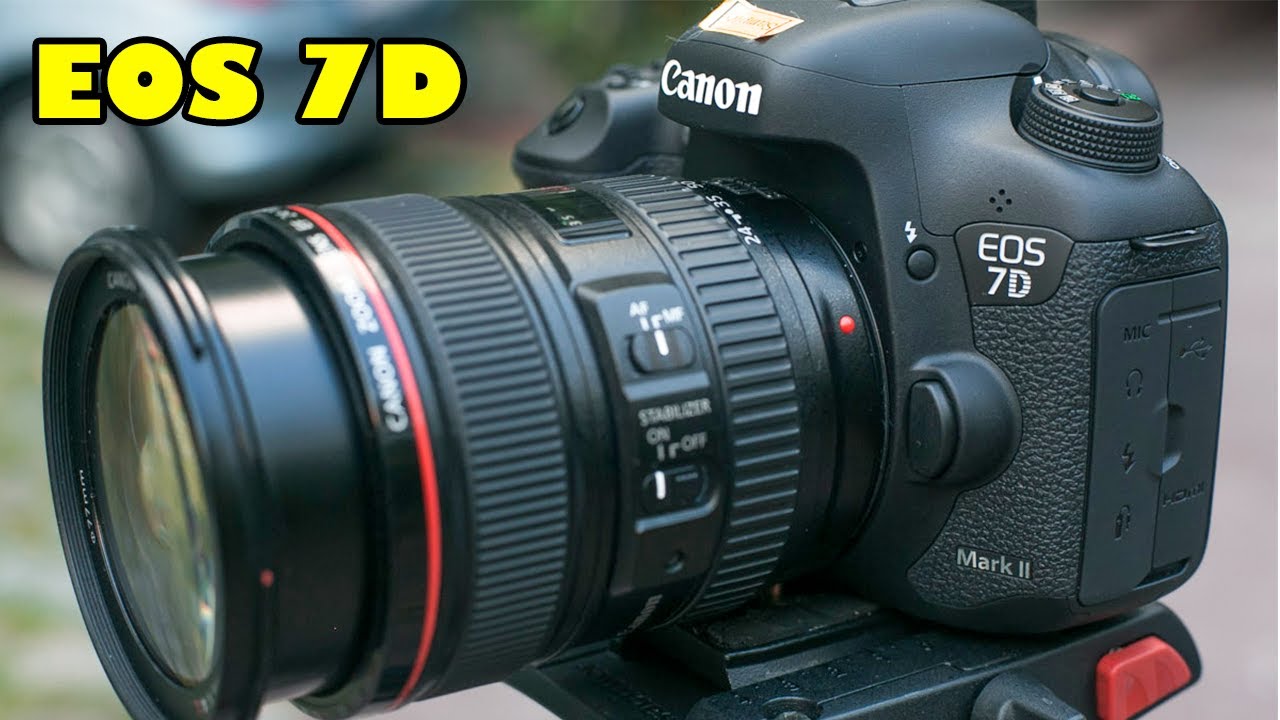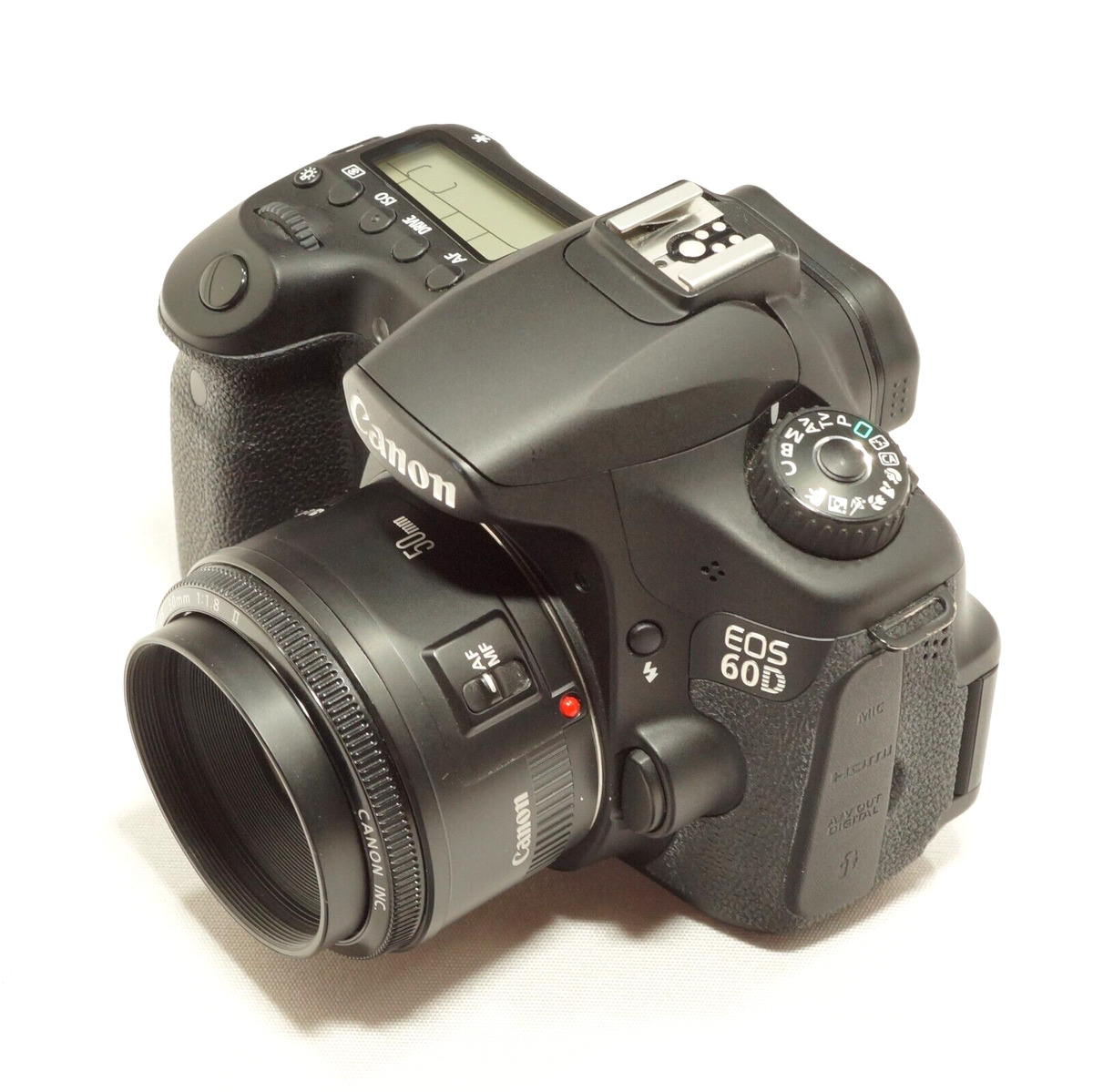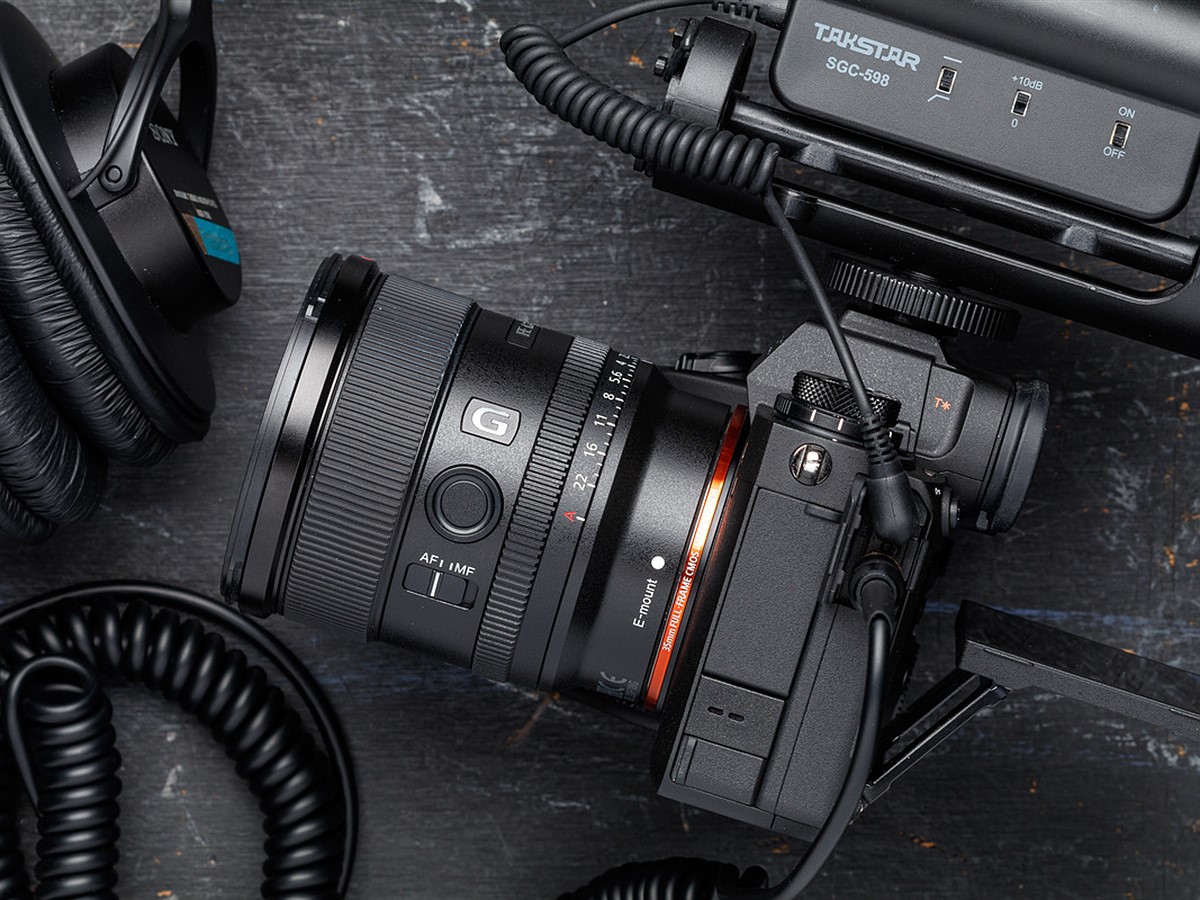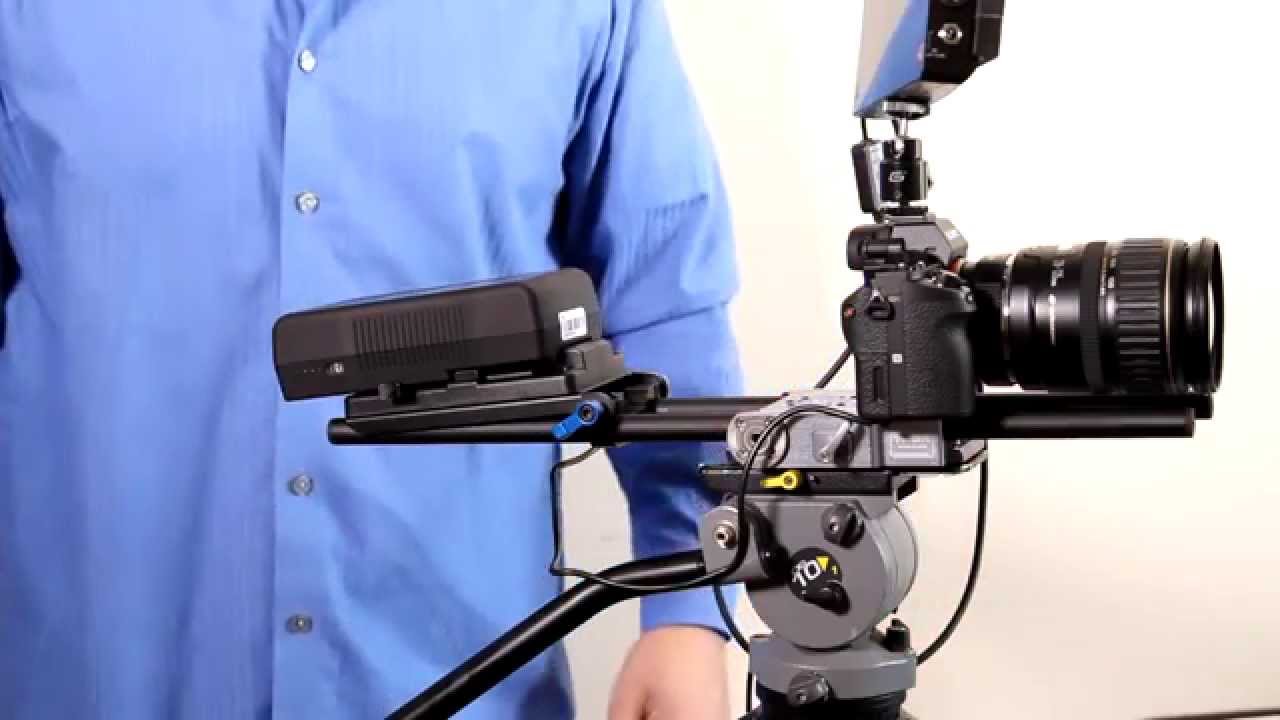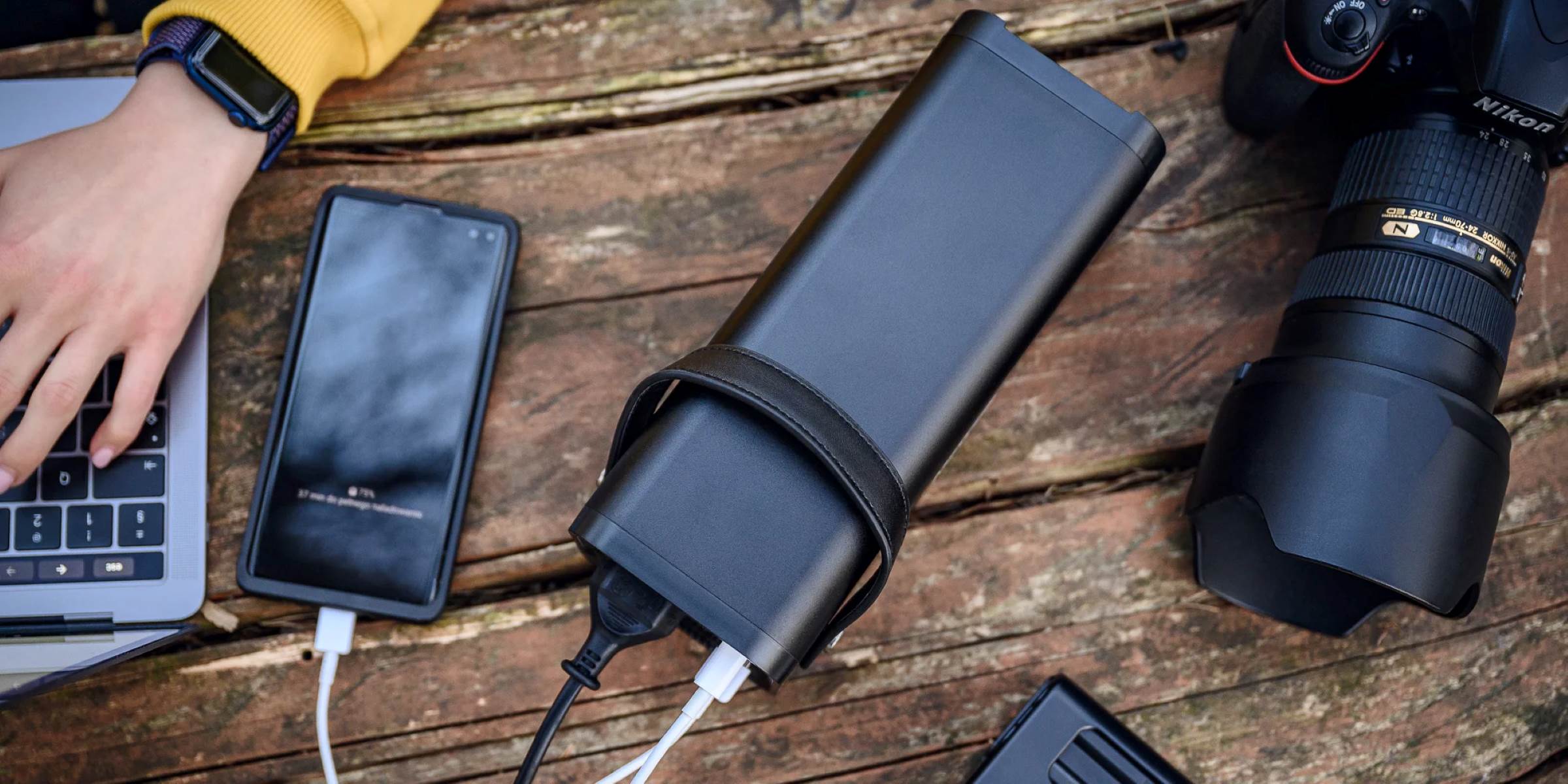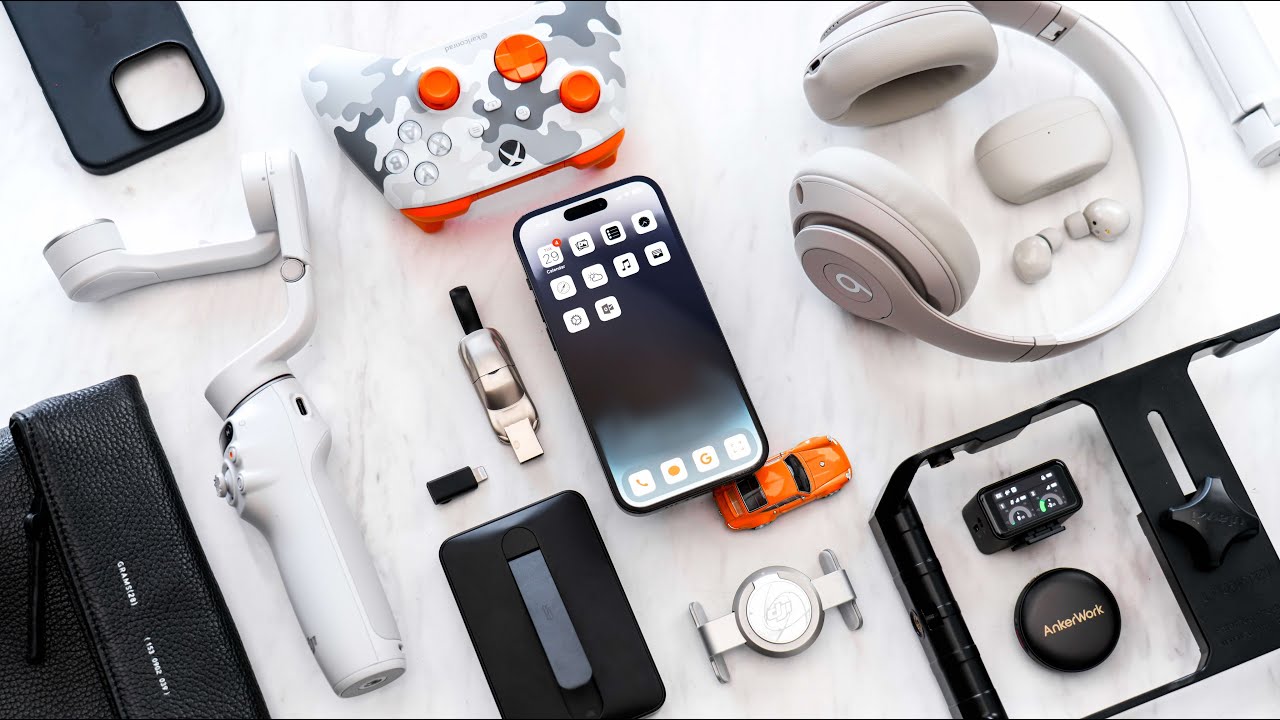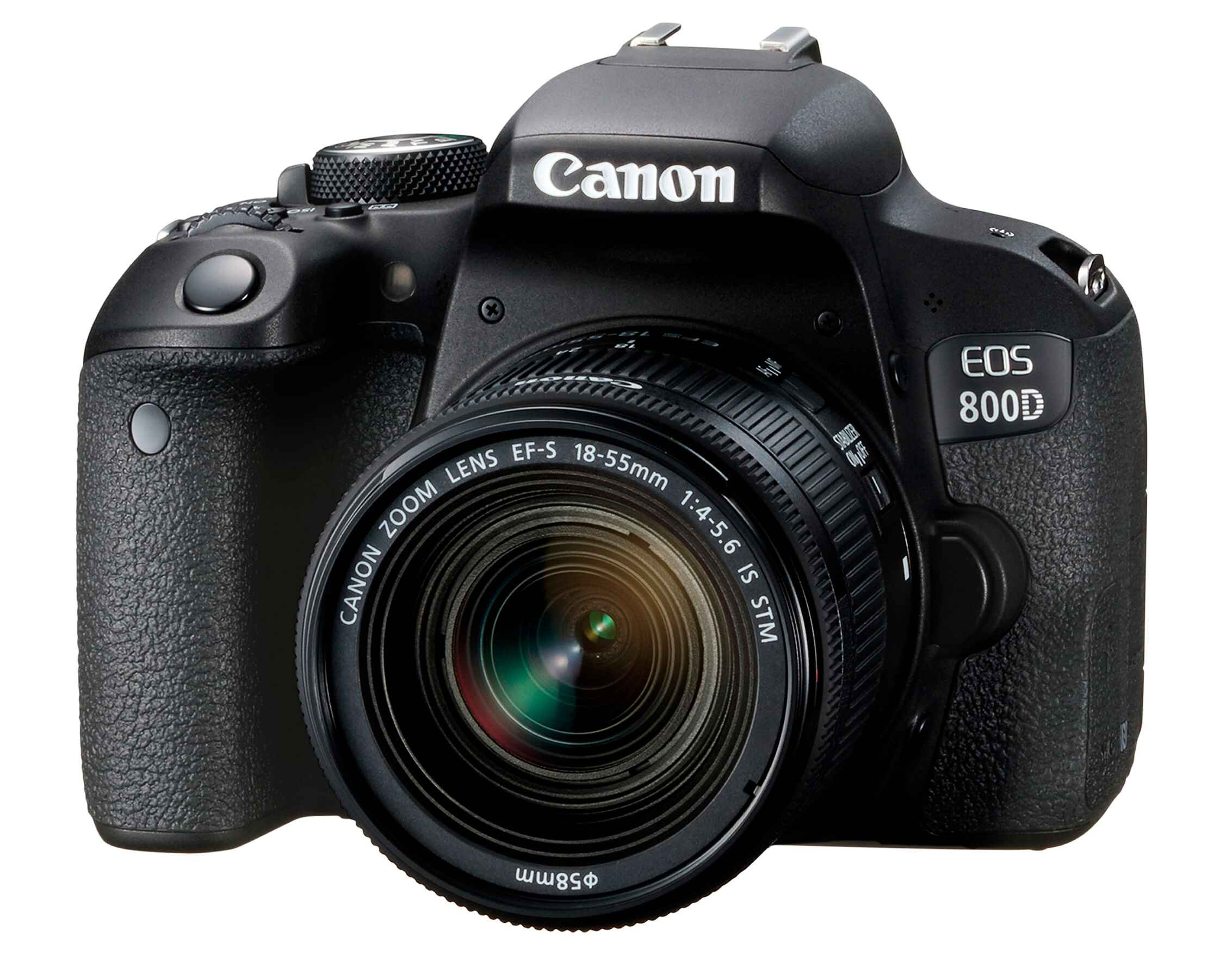Introduction
Charging a DSLR camera without a charger may seem like a daunting task, especially when you're out in the field or traveling and find yourself without access to a traditional power source. However, with the advancements in technology and the availability of alternative power options, it's entirely possible to keep your DSLR camera powered up and ready to capture those perfect shots. Whether you're a professional photographer on assignment or an enthusiastic hobbyist exploring new landscapes, knowing how to charge your DSLR camera without a charger can be a game-changer.
In this guide, we'll explore several practical methods to charge your DSLR camera without a traditional charger. From using a USB cable and power bank to leveraging solar chargers, we'll cover a range of options that cater to different scenarios and preferences. By the end of this article, you'll have a comprehensive understanding of alternative charging solutions for your DSLR camera, empowering you to stay prepared and continue pursuing your passion for photography, even in the absence of a conventional charger. Let's delve into the various methods and uncover the possibilities of keeping your DSLR camera powered up in diverse situations.
Use a USB Cable and Power Bank
One of the most convenient and versatile ways to charge your DSLR camera without a traditional charger is by using a USB cable and a power bank. This method is particularly advantageous when you’re on the go, allowing you to replenish your camera’s battery wherever you are, without the need for a wall outlet.
To begin, ensure that your DSLR camera is equipped with a USB port that supports charging. Most modern DSLR cameras come with this feature, enabling seamless connectivity with power banks. Once you’ve confirmed the compatibility, select a power bank with a sufficient capacity to charge your camera multiple times. Look for a power bank with a high output rating to ensure efficient charging.
Connect the USB cable to the power bank and the appropriate port on your DSLR camera. Power banks typically offer multiple output ports, so ensure that you use the one suitable for charging electronic devices. Once connected, activate the power bank, and your DSLR camera will begin charging. Depending on the power bank’s capacity and the remaining charge in your camera’s battery, you can continue shooting without interruption while the camera charges.
This method is ideal for outdoor photography excursions, travel, or situations where access to a traditional power source is limited. It provides a practical and reliable solution for keeping your DSLR camera powered up, allowing you to focus on capturing captivating moments without worrying about running out of battery.
Use a USB Cable and Laptop/Computer
When you find yourself without a traditional charger for your DSLR camera, utilizing a USB cable and a laptop or computer can serve as a convenient alternative for recharging. This method is particularly beneficial when you’re in a workspace or studio environment, providing a reliable means to power up your camera using readily available devices.
To begin, ensure that your laptop or computer has functioning USB ports that can deliver power to external devices. Most modern laptops and computers are equipped with USB ports capable of charging electronic devices, including DSLR cameras. Check the camera’s manual or manufacturer’s specifications to confirm its compatibility with USB charging.
Once you’ve verified the compatibility, connect the USB cable to your DSLR camera and the USB port on the laptop or computer. Ensure that the laptop or computer is powered on to facilitate the charging process. Some DSLR cameras may have specific settings to enable USB charging, so refer to the camera’s manual for any necessary configurations.
Upon connection, your DSLR camera will start charging from the laptop or computer. This method is advantageous when you’re working on photo editing, transferring files, or organizing your photography projects, as it allows you to simultaneously charge your camera without the need for a dedicated charger. Additionally, it’s a practical solution for photographers who frequently work with laptops or computers, offering seamless integration into their workflow.
Whether you’re in a studio, office, or any location with access to a laptop or computer, leveraging the USB cable and these devices for charging provides a versatile and accessible option for keeping your DSLR camera powered up and ready for your next photographic endeavor.
Use a DC Coupler and Power Adapter
Another effective method for charging your DSLR camera without a traditional charger involves using a DC coupler and a power adapter. This approach is particularly useful in indoor settings, such as studios or home environments, where access to a power outlet is readily available.
To begin, ensure that your DSLR camera is compatible with a DC coupler, which serves as a substitute for the camera’s battery and allows direct power input. The DC coupler is designed to fit into the battery compartment of the camera, replicating the function of the battery while being connected to an external power source. Refer to your camera’s manual or the manufacturer’s specifications to identify the compatible DC coupler model for your camera.
Once you have the appropriate DC coupler for your camera model, acquire a power adapter that matches the specifications of the DC coupler. The power adapter converts the standard AC power from a wall outlet into the specific DC voltage required by the camera, ensuring a stable and consistent power supply for charging.
Insert the DC coupler into the battery compartment of your DSLR camera, and connect it to the power adapter. Then, plug the power adapter into a standard wall outlet. Upon powering the outlet, your DSLR camera will commence charging, allowing you to replenish the battery’s charge while shooting or working on photography projects.
This method is advantageous for prolonged indoor photography sessions, studio work, or any situation where a reliable and continuous power source is essential. It eliminates the need to rely on traditional batteries or chargers, providing a seamless and uninterrupted power supply for your DSLR camera. Additionally, using a DC coupler and power adapter reduces the reliance on multiple batteries, offering a sustainable and cost-effective approach to powering your camera.
Use a Car Charger
Charging your DSLR camera using a car charger presents a practical solution, especially when you’re on the move or engaged in outdoor photography activities. Whether you’re on a road trip, exploring scenic locations, or simply away from traditional power sources, a car charger offers a convenient method to keep your camera powered up and ready to capture captivating moments.
To utilize a car charger for your DSLR camera, ensure that your camera is compatible with car charging adapters. Most modern DSLR cameras can be charged using car chargers that feature the appropriate voltage and connector specifications. Check your camera’s manual or the manufacturer’s guidelines to confirm its compatibility with car chargers.
Once you’ve verified compatibility, acquire a car charger with the correct specifications for your DSLR camera. Car chargers are designed to plug into the vehicle’s power outlet, typically the cigarette lighter socket, and provide a reliable power source for charging electronic devices, including cameras.
Connect the car charger to the vehicle’s power outlet and then plug the appropriate cable into your DSLR camera. Once connected, the camera will begin charging, allowing you to replenish its battery while on the move. This method is particularly advantageous during extended road trips, outdoor photography expeditions, or any situation where access to traditional power sources is limited.
Using a car charger not only ensures that your DSLR camera remains powered for continuous shooting but also offers a convenient charging solution for other electronic devices, such as smartphones and tablets. It provides flexibility and mobility, allowing you to charge your camera while traveling to different locations, without the constraints of conventional power outlets.
By incorporating a car charger into your photography gear, you can maintain a reliable power supply for your DSLR camera, empowering you to seize photographic opportunities in diverse environments, whether you’re navigating through scenic landscapes or embarking on outdoor adventures.
Use a Solar Charger
Harnessing the power of solar energy to charge your DSLR camera presents an eco-friendly and sustainable approach, particularly when you’re engaged in outdoor photography or exploring remote locations. A solar charger offers a versatile and renewable energy source, allowing you to keep your camera operational without relying on traditional power outlets.
To utilize a solar charger for your DSLR camera, ensure that your camera is compatible with external solar charging devices. Most modern DSLR cameras can be charged using solar chargers equipped with the necessary voltage and connector specifications. Check your camera’s manual or the manufacturer’s guidelines to verify its compatibility with solar charging solutions.
Once you’ve confirmed compatibility, select a solar charger with a sufficient power output to effectively charge your DSLR camera. Solar chargers are available in various sizes and capacities, offering portable and lightweight options ideal for outdoor photography excursions. Opt for a solar charger that aligns with your charging needs and environmental conditions, considering factors such as sunlight intensity and charging efficiency.
Position the solar charger in direct sunlight, ensuring that it receives optimal exposure to the sun’s rays. Connect the solar charger to your DSLR camera using the appropriate cable or adapter, and the charging process will commence, utilizing the renewable energy from the sun to replenish your camera’s battery.
Using a solar charger provides a sustainable and independent power source for your DSLR camera, making it an ideal solution for outdoor adventures, camping trips, and nature photography. It eliminates the reliance on traditional power outlets, offering freedom and flexibility to charge your camera in remote or off-grid locations.
Furthermore, integrating a solar charger into your photography gear not only supports environmental conservation but also ensures that you can continue capturing stunning images without interruptions. The versatility and eco-conscious nature of solar chargers make them a valuable addition to a photographer’s toolkit, enabling you to embrace off-grid photography opportunities while minimizing your environmental impact.
Conclusion
Charging your DSLR camera without a traditional charger opens up a world of possibilities, empowering you to maintain a reliable power supply for your camera in diverse settings and scenarios. From outdoor adventures to studio environments, the methods explored in this guide offer practical and innovative solutions to keep your DSLR camera powered up and ready to capture stunning images.
Utilizing a USB cable and power bank provides flexibility and mobility, allowing you to charge your camera on the go, without the constraints of traditional power outlets. This method is ideal for outdoor photography excursions, travel, and situations where access to a wall outlet is limited.
When working in a studio or office environment, leveraging a USB cable and a laptop or computer for charging offers a seamless integration into your workflow, ensuring that your camera remains powered while you focus on editing, file transfers, and other photography tasks.
For indoor photography sessions and studio work, using a DC coupler and power adapter provides a reliable and continuous power source, eliminating the need to rely on traditional batteries or chargers. This method offers a sustainable and cost-effective approach to powering your camera, particularly during prolonged shooting sessions.
During outdoor photography expeditions, road trips, and off-grid adventures, a car charger serves as a convenient and mobile charging solution, allowing you to keep your camera operational while on the move, without the limitations of traditional power sources.
Embracing the power of solar energy through a solar charger presents an eco-friendly and sustainable approach to charging your DSLR camera, enabling you to capture captivating moments in remote or off-grid locations, while minimizing your environmental impact.
By exploring these alternative charging methods, you have the flexibility to adapt to various environments and photography pursuits, ensuring that your DSLR camera remains powered and ready to seize the perfect shot. Incorporating these charging solutions into your photography toolkit empowers you to pursue your passion for photography with confidence, knowing that you can keep your camera powered in any situation.







